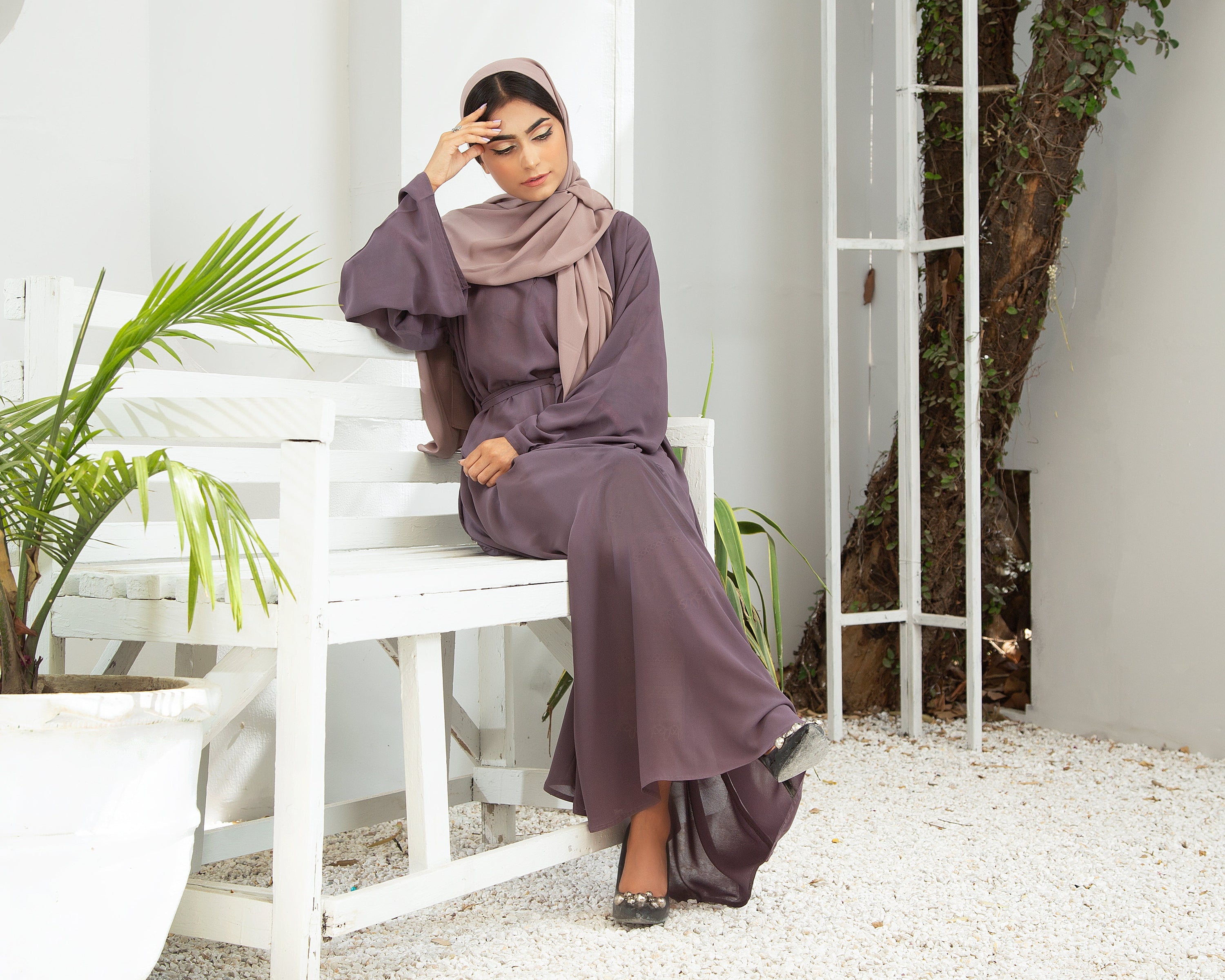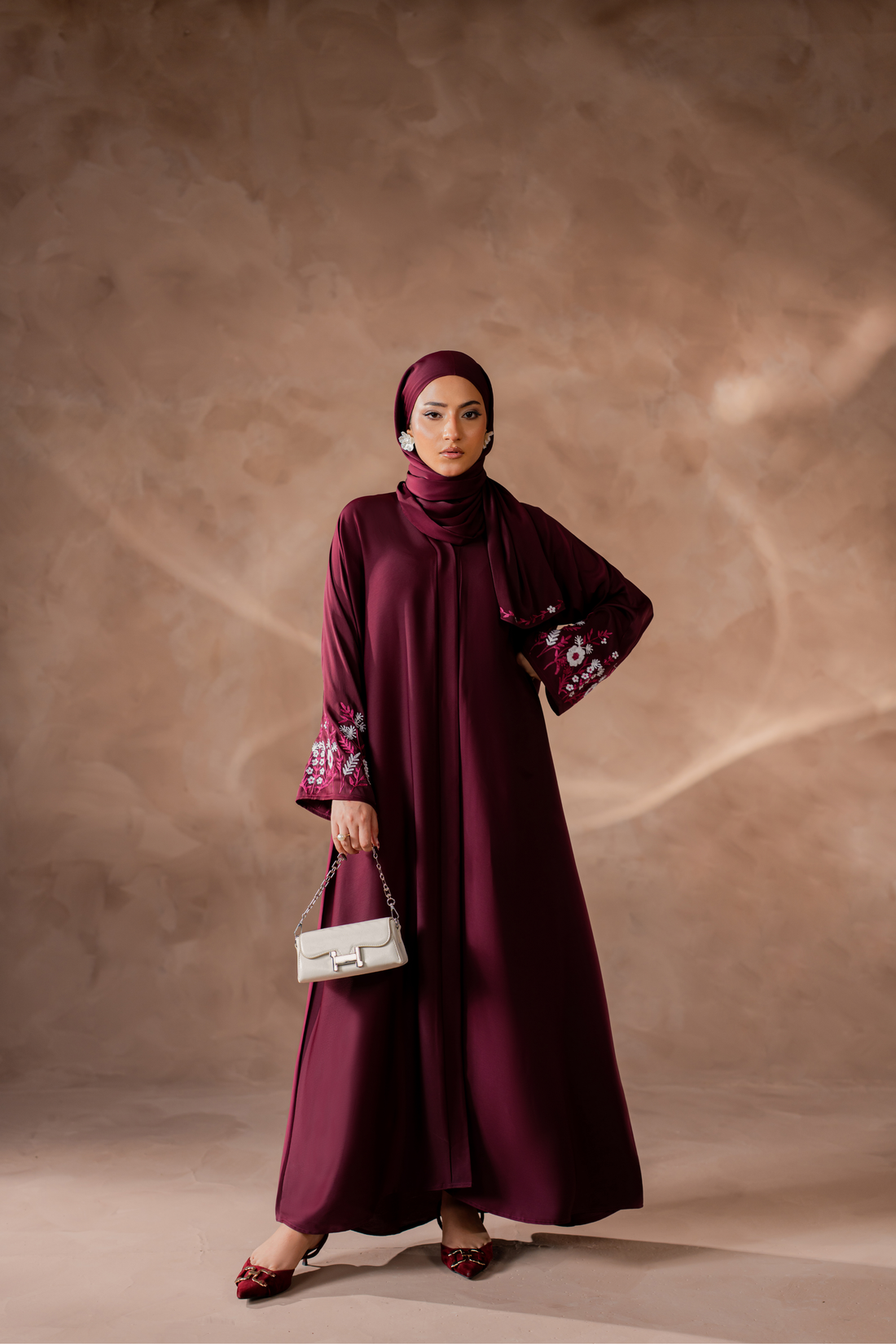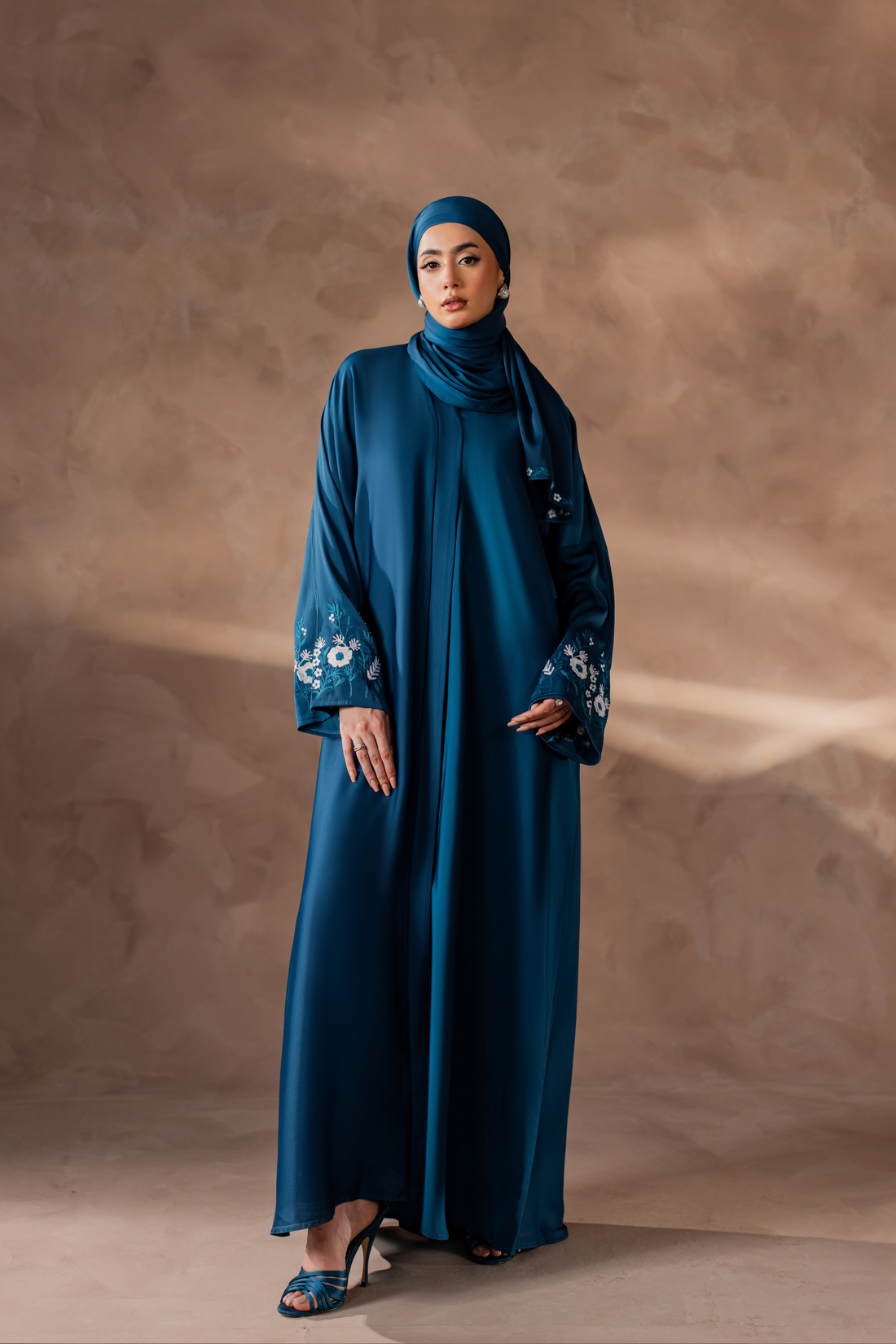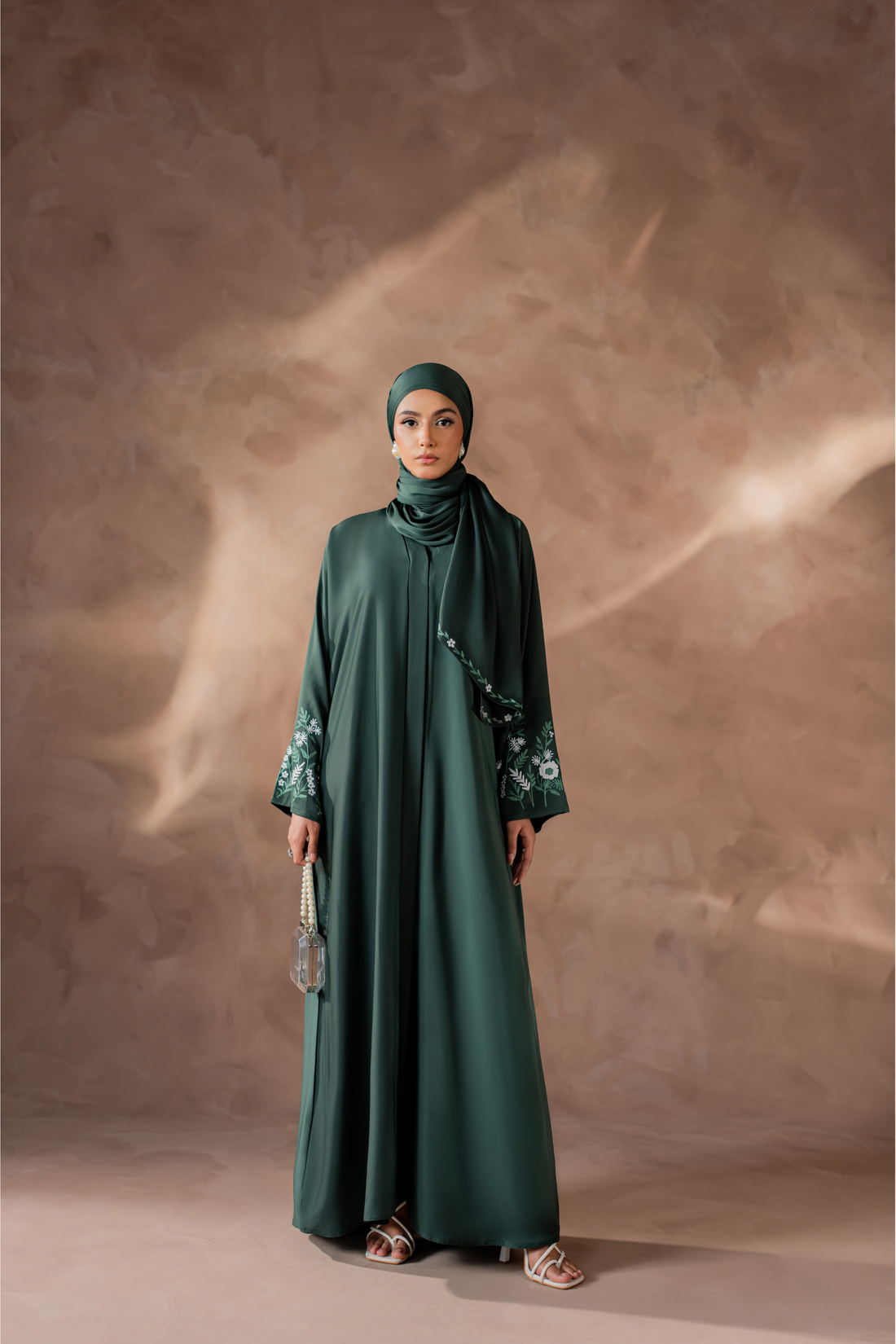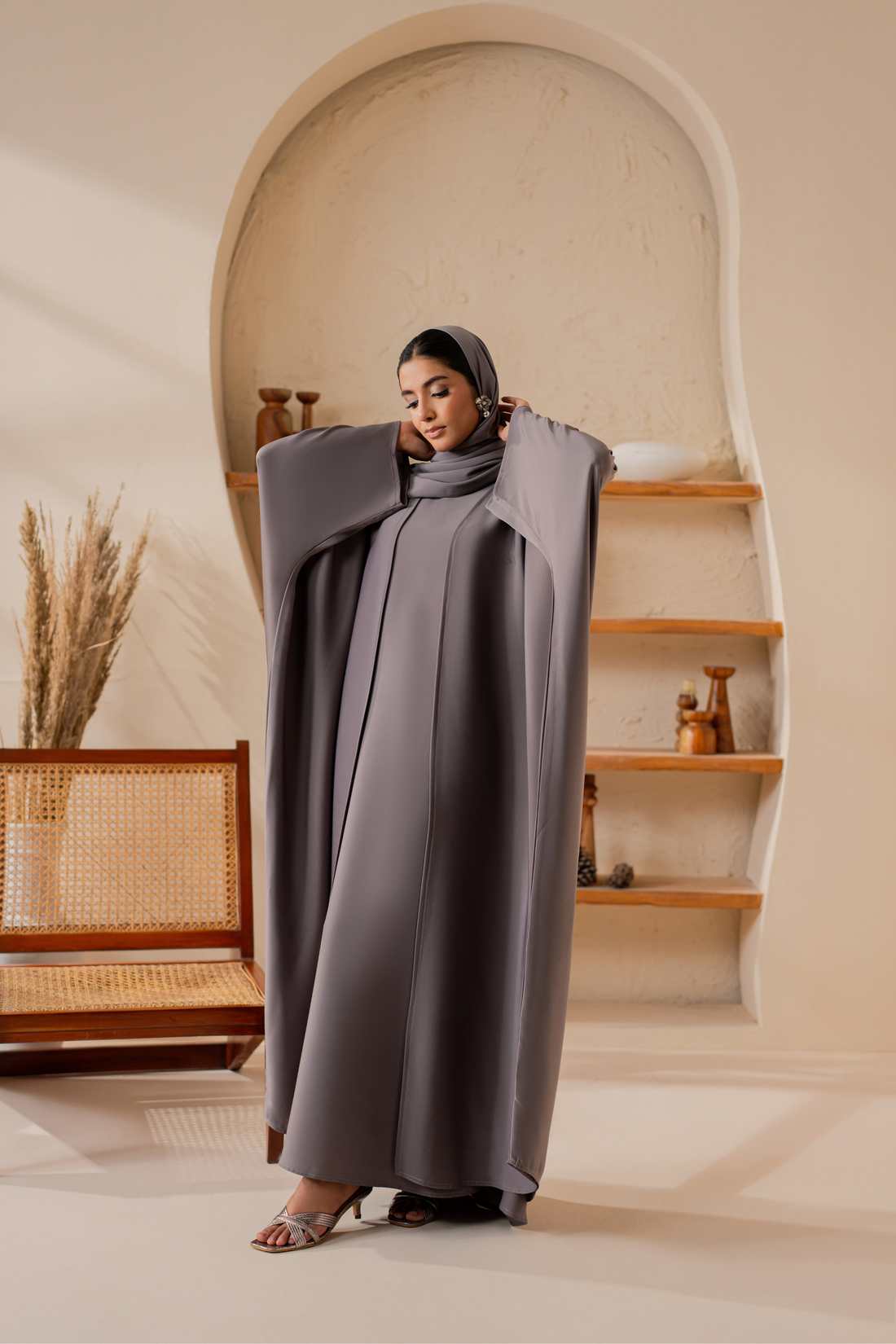Introduction to Abaya Fashion
What is an Abaya?
An abaya is a long, flowing robe traditionally worn by Muslim women. It is designed to cover the body modestly while maintaining elegance. Though originally black and plain, it has now become a versatile fashion piece in many Muslim-majority countries, including Pakistan.
Cultural and Religious Significance
In Islamic culture, the abaya represents modesty and piety. It allows women to fulfill religious obligations of covering while also offering them a sense of cultural identity. Over time, Pakistani women have embraced it not only as religious attire but also as a personal style statement, especially from brands like Tayyab Hijab.
Early History of Abaya in Pakistan
Influence from Middle Eastern Traditions
The concept of the abaya entered Pakistan mainly through exposure to Middle Eastern cultures. With many Pakistanis working in Gulf countries, the abaya was introduced back home as a symbol of modesty and sophistication.
Traditional Styles and Materials
In its early days in Pakistan, the abaya was typically black, plain, and made of thick fabrics like crepe or cotton blends. The primary purpose was coverage and modesty, with little attention to fashion trends or personal styling.
The Rise of Modern Abaya Trends
Entry of Local Designers
As fashion evolved in Pakistan, local designers began experimenting with abaya styles. They incorporated embroidery, cuts, and accessories to make abayas more appealing and stylish while preserving modesty.
Introduction of Color and Embellishments
Today’s abayas come in a wide variety of colors, ranging from earthy tones to pastel hues. Designers have added lace trims, sequins, beads, and even modern cuts like kimono and cape styles, giving the abaya a trendy edge.
The Role of Media and Pop Culture
Impact of Television and Films
Pakistani dramas and films have played a huge role in popularizing modern abaya fashion. Characters wearing stylish abayas have inspired many viewers to adopt similar looks.
Social Media Influencers and Bloggers
Instagram and TikTok influencers have also shaped the abaya trend. Their styling tips and outfit-of-the-day posts featuring fashionable abayas from brands such as Tayyab Hijab have encouraged younger audiences to view abayas as stylish and trendy.
Regional Variations in Abaya Fashion
Urban vs. Rural Preferences
In urban areas like Karachi, Lahore, and Islamabad, abayas are often more stylish and diverse in design. In rural areas, traditional plain black abayas are still more common and are worn primarily for religious reasons.
Provincial Style Differences
Sindh and Punjab often see more modern cuts and bold colors, while Khyber Pakhtunkhwa and Balochistan tend to stick with classic styles. Each region blends abaya fashion with local cultural influences.
Materials and Fabrics Used Over Time
From Heavy Fabrics to Lightweight Textiles
Older abayas used heavier fabrics, but modern versions now use chiffon, georgette, nidha, and other breathable materials that are more comfortable, especially in warmer weather.
Seasonal Adaptations
Designers also create seasonal collections—light and airy fabrics for summer, and thicker, warmer materials like wool blends for winter—making the abaya a year-round wardrobe staple.
Changing Perceptions and Acceptance
From Religious Attire to Fashion Statement
Where abayas were once seen only as religious clothing, they are now widely accepted as stylish daily wear. This shift has made them popular even among women who don’t wear them for religious reasons.
Acceptance Among Youth
The younger generation in Pakistan now sees abayas as a form of self-expression. Many young women mix traditional abayas with modern accessories, creating a unique personal style.
The Business of Abaya Fashion
Growth of Local Brands
Local fashion brands have launched abaya lines, offering everything from minimal everyday abayas to luxurious formal ones. This has made fashionable abayas more accessible to women nationwide.
Rise of Online Abaya Boutiques
E-commerce has also helped the abaya industry thrive. Online shops and Instagram boutiques like Tayyab Hijab now sell custom-made abayas, offering home delivery across Pakistan.
Sustainability and Ethical Trends
Eco-friendly Fabrics
With global awareness about sustainability rising, some Pakistani designers are experimenting with eco-friendly fabrics like organic cotton and bamboo blends in abaya production.
Ethical Production Practices
Ethical production—fair wages, safe working environments, and sustainable practices—is also becoming a priority for high-end abaya brands.
Future of Abaya Fashion in Pakistan
Fusion of Tradition and Modernity
The future of abaya fashion in Pakistan lies in blending traditional modesty with contemporary style. Expect more hybrid designs that combine cultural embroidery with modern cuts.
Global Recognition of Pakistani Designs
As Pakistani designers gain international attention, their abaya collections are being showcased at global fashion events, helping to redefine modest fashion worldwide.
Conclusion
Abaya fashion in Pakistan has evolved from a simple religious garment to a versatile fashion statement. Over the years, it has adapted to cultural shifts, modern trends, and youth preferences while maintaining its core essence of modesty. With rising designer interest, media influence, and consumer demand, abaya fashion is set to continue growing, both locally and globally.
FAQs
Q1: When did abaya fashion start gaining popularity in Pakistan?
Abaya fashion started becoming popular in the 1990s, mainly through exposure to Middle Eastern styles and trends.
Q2: Are abayas in Pakistan only black?
No, modern abayas now come in many colors, including pastels, neutrals, and even bold tones, though black is still common.
Q3: Do all Pakistani women wear abayas?
No, wearing an abaya is a personal choice. It is popular but not mandatory in Pakistan.
Q4: Are there Pakistani brands that specialize in abayas?
Yes, many local brands and boutiques like Tayyab Hijab now offer a wide variety of abayas, from casual to luxury collections.
Q5: What’s the latest trend in abaya fashion?
Trendy abayas now feature lightweight fabrics, pastel colors, floral embroidery, and modern cuts like open-front and kimono styles.


